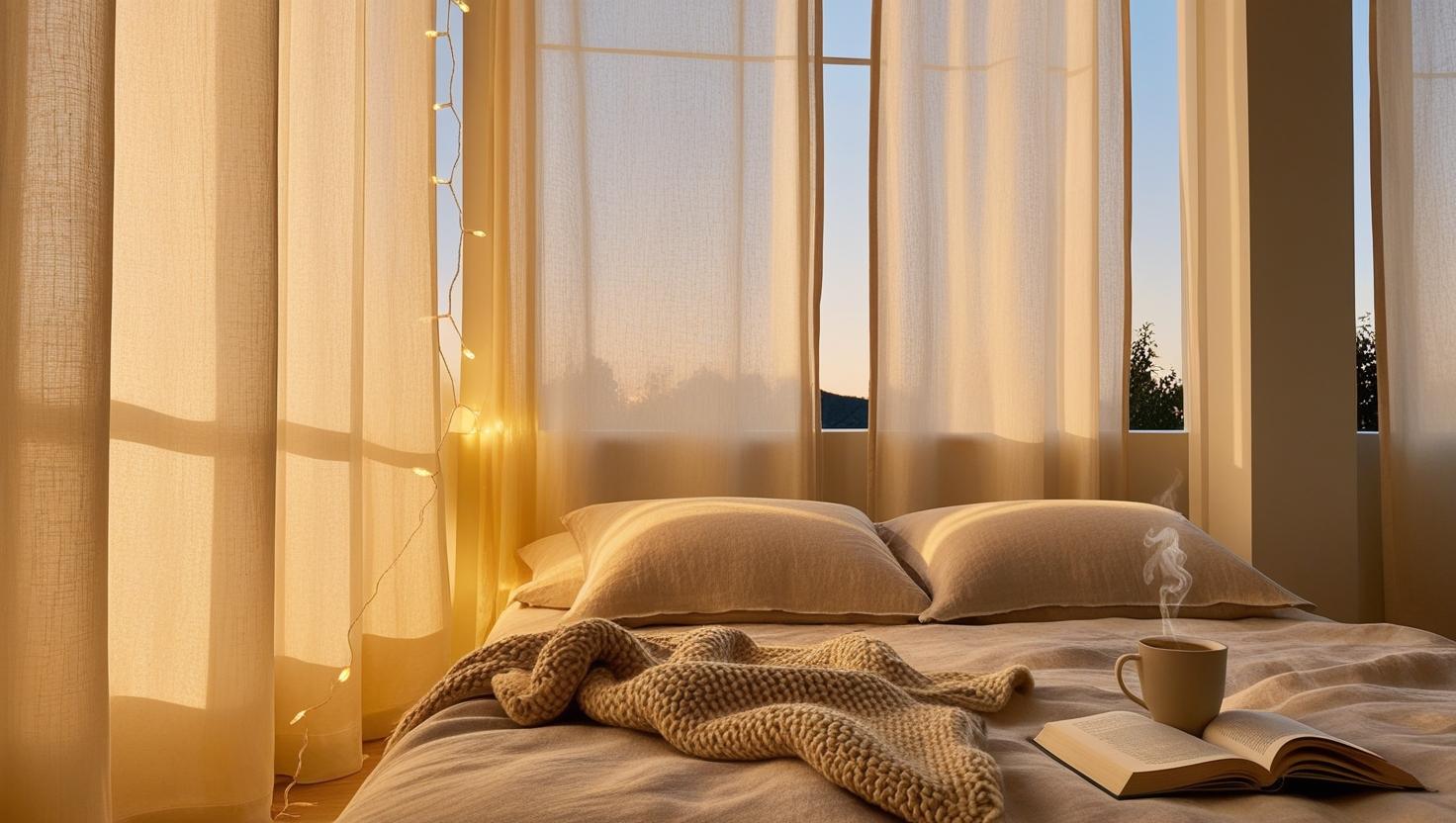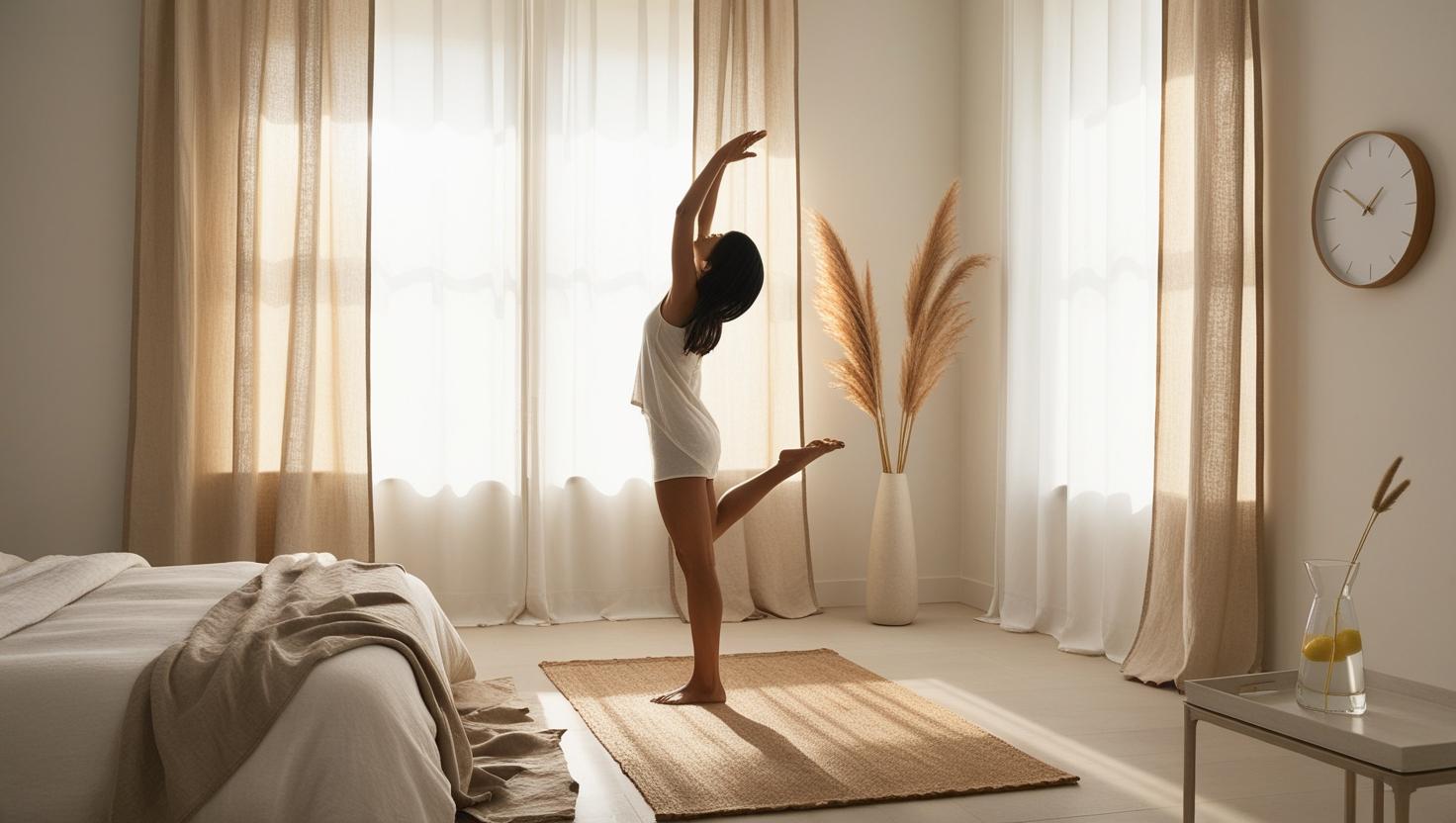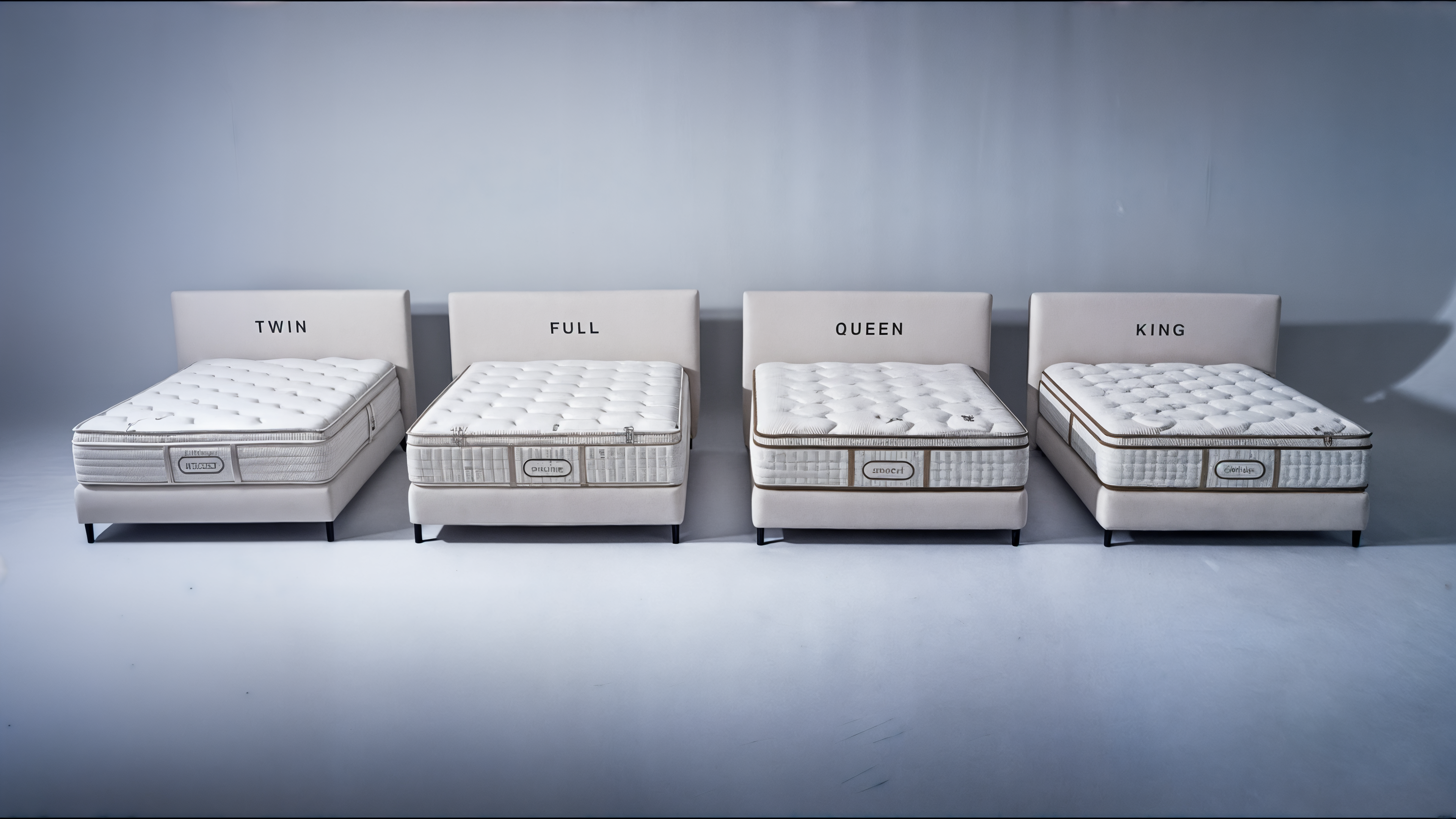Light Blue Bedroom Accessories Ideas
Light Blue Bedroom Accessories Ideas offer a serene way to refresh your space, reduce stress, and enhance sleep quality through color psychology and thoughtful design. This soothing color palette transforms any bedroom into a peaceful retreat—perfect for unwinding after a long day.

Key Takeaways
- Light blue promotes calm, clarity, and better sleep through its connection to nature and serenity.
- Accessories are an affordable and flexible way to refresh your space without committing to a full renovation.
- Layering textures like cotton, linen, glass, and ceramic enhances the tactile and visual appeal of your decor.
- Combining light blue with neutrals or warm wood tones creates a cohesive and tranquil aesthetic.
- Essential pieces include throws, lamps, rugs, curtains, and statement art—each playing a role in calming ambiance.
In short, exploring Light Blue Bedroom Accessories Ideas is an easy way to create a relaxing atmosphere without breaking the bank.
Why Light Blue is Perfect for Bedrooms
Light blue isn’t just a pretty color—it’s scientifically associated with relaxation and well-being. According to the Sleep Foundation, blue hues help lower blood pressure and heart rate, signaling your body it’s time to rest. This makes it ideal in Light Blue Bedroom Accessories Ideas focused on better sleep.
Imagine the peacefulness of a cloudless sky or gentle ocean waves—light blue captures that same essence indoors. When integrated through accessories, it softly reinforces your brain’s association with calm. For more inspiration, explore these blue bedroom ideas from Architectural Digest.
Pairing it with natural elements like plants or wood brings an even more balanced and grounded atmosphere. Together, they foster a sleep sanctuary you’ll never want to leave.

Top Light Blue Bedroom Accessories Ideas to Transform Your Space
1. Light Blue Throw Pillows
Throw pillows are the easiest entry point into Light Blue Bedroom Accessories Ideas. Soft hues—especially in materials like velvet, linen, or boucle—can be mixed with neutrals like cream and gray for an instantly luxurious look. Try stacking various shapes and sizes to add depth and comfort. For stylish space-saving options, consider pairing your bedding with frames from our fold-away bed with mattress guide.
For more plush ideas, check out our best throw pillows for better sleep guide.
2. Curtains That Filter Natural Light
Soft, sheer light blue curtains not only diffuse harsh light but also add a dreamy, ethereal touch to any room. During the day, they filter sunlight to give your bedroom a glow; at night, they create a cocoon-like environment—perfect additions in your Light Blue Bedroom Accessories Ideas.
3. Ceramic Lamps in Blue Tones
Swap out your standard lamp for one with a light blue ceramic base to bring elegance and color into your nightstand. Bonus points if it’s dimmable—perfect for winding down with soft lighting. This simple swap supports your circadian rhythm while enhancing your overall accessory theme.
4. Area Rugs With Subtle Blue Patterns
Area rugs in watercolor or faded geometric prints anchor your room while adding softness underfoot. Choose light blue designs that complement your furniture and bedding. They are essential components in many Light Blue Bedroom Accessories Ideas. Check out our foldable bed frame guide for more paired decor solutions.
5. Bedding Sets in Sky Blue
Your bed is the focal point—choose a light blue bedding set in organic cotton or bamboo for comfort and visual charm. This core element enhances any of your Light Blue Bedroom Accessories Ideas. Complete the look with our Thuma bed frame review.
Need help choosing sheets? See our best organic cotton sheets roundup.
6. Wall Art Featuring Ocean or Sky Themes
From abstract watercolors to beach photography, wall art grounds your decor in nature. Blue-toned pieces inspire relaxation and are perfect for Light Blue Bedroom Accessories Ideas. Need more decor cues? Visit Better Homes & Gardens’ blue bedroom gallery.
7. Blue Woven Storage Baskets
Clutter disrupts relaxation—blue woven baskets are a charming way to organize. They support your Light Blue Bedroom Accessories Ideas while maximizing space. Explore more in our guest bedroom decor guide.
8. Accent Chairs With Light Blue Upholstery
An accent chair in light blue adds function and elegance to your space. This piece complements your overall Light Blue Bedroom Accessories Ideas and pairs beautifully with pieces from our best bedroom lighting ideas article.

9. Light Blue Candles or Vases
Small accents like candles and vases carry Light Blue Bedroom Accessories Ideas throughout your room. Choose artisanal pieces to add warmth and personalization.
10. Customizable Blue LED Strip Lighting
LED strip lighting in soft blue creates ambiance and function. Tuck it under shelves or behind headboards to finish off your Light Blue Bedroom Accessories Ideas with a modern touch.

Styling Tips for Light Blue Bedroom Accessories Ideas
- Stick to a palette: Accent light blue with cream, taupe, and warm gray for a polished look. For examples, see blue bedroom styling ideas on The Spruce.
- Use contrast: Add depth with navy, gold, or bronze.
- Balance with textures: Layer materials like rattan, linen, and jute for cozy contrast.
- Layer for comfort: Stack rugs, throws, and pillows to build your sanctuary.
Mixing textures and shades is the secret to mastering Light Blue Bedroom Accessories Ideas—creating a space that feels soothing, stylish, and uniquely you.
Whether you’re refreshing a guest room or your personal retreat, Light Blue Bedroom Accessories Ideas offer a cost-effective way to create a calming space. These ideas go beyond aesthetics—they create a haven for real rest and rejuvenation.
FAQ
- Are Light Blue Bedroom Accessories Ideas suitable for small spaces?
- Yes! Light blue opens up smaller rooms visually. Keep patterns minimal and use soft fabrics for the best effect.
- What colors pair well with Light Blue Bedroom Accessories Ideas?
- Try white, beige, or natural wood tones for harmony—or bold accents like navy and gold for contrast.
- Where can I buy Light Blue Bedroom Accessories?
- Find accessories at West Elm, Target, or Etsy. For unique pieces, check artisan and sustainable shops online.






























